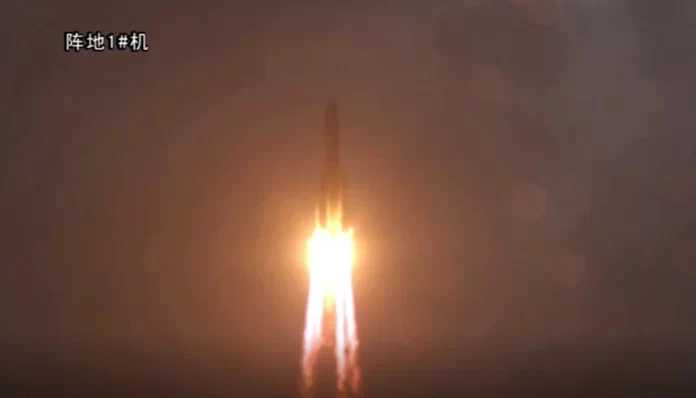A committee member from IST declares that the satellite will reach lunar orbit in five days. Additionally, they state that it will orbit the moon for three to six months.
After the launch, Prime Minister Shehbaz Sharif congratulated the nation and scientists. moreover; he praised the successful launch of Pakistan’s first lunar orbit mission, iCube Qamar, aboard China’s Chang’E6 from Hainan, China. Prime Minister Sharif, further, highlighted that the ICUBE-Q satellite marks Pakistan’s inaugural step into space. He commended Pakistani scientists, engineers, and skilled workers for their proficiency, akin to their achievements in nuclear technology. Additionally, he paid tribute to the core committee of the Institute of Space Technology, led by Dr. Khurram Khurshid. He also acknowledged all members of the SUPARCO team and participating students. Additionally, Deputy Prime Minister and Foreign Minister Ishaq Dar commended the collaborative effort demonstrated in today’s launch. He stated that it exemplifies cooperation between nations and organizations for mutual space exploration and benefits.
Satellite to reach lunar orbit in five days
However, Dr. Khurram Khurshid, a member of the Core Committee at the Institute of Space Technology (IST), informed Geo News that China’s Long March-5 rocket will carry Pakistan’s satellite. It will reach lunar orbit in five days and orbit the moon for three to six months. The satellite, developed in collaboration with China’s Shanghai University and Pakistan’s SUPARCO, carries two optical cameras. These cameras will capture various images of the moon’s surface, providing Pakistan with its own lunar research imagery. ICUBE-Q has been integrated with the Chang’e6 mission, the sixth in China’s lunar exploration series following successful qualification and testing, This mission is significant for Pakistan as it includes the deployment of a Pakistan CubeSat Satellite, iCube-Q, developed by IST. CubeSats are miniature satellites known for their small size and standardized design. they typically weigh only a few kilograms. They serve various purposes in space exploration, primarily facilitating scientific research, technology development, and educational initiative

